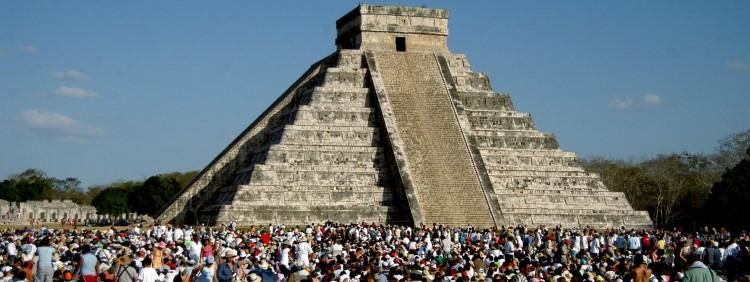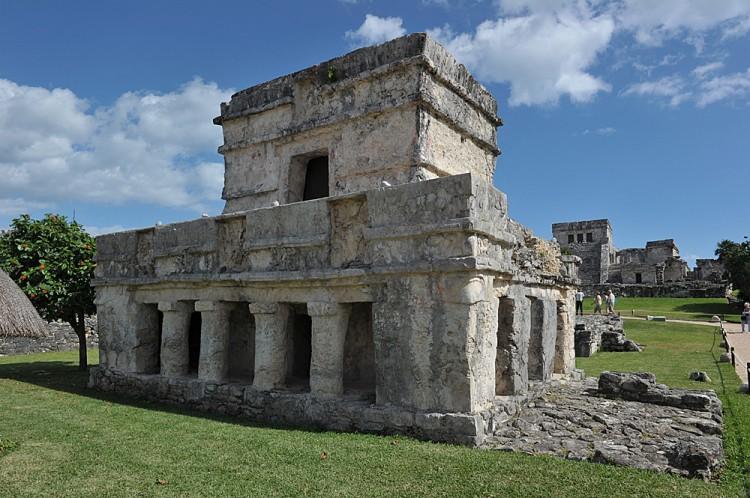Kiril Novoselsky, professor of economics and a consultant for several museums, recently conducted a field trip to the Yucatan Peninsula and Cozumel Island, Mexico. On his way through Mayan football fields, pyramids, and prophecies, he came across Russian influence from the past century.
Near the famous Chichen Itza Pyramid, he discovered Pre-Columbian fields that were created for ball games.
“I was very surprised by the fact that the Mayans were obsessed with football,” said Novoselsky, who is also a member of the Russian Geographical Society. “Football was a sacred game. The captain of the winning team was sacrificed to gods, and it was a big honor.”




